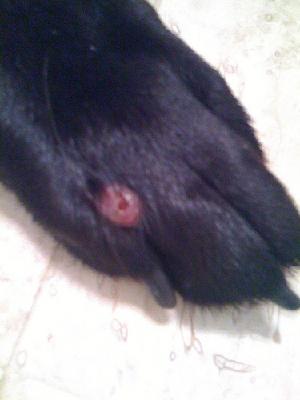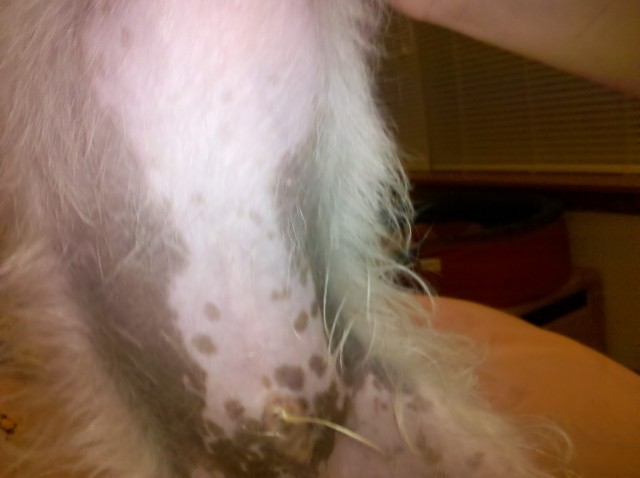Question
 Makoce at Bandalier Na
Makoce at Bandalier Na
I have long listened to the contorversy about metabolic sensitivities of canus lupus to ketamine, propofol and such (slower metabolism ... less lipid processing?) and resulting anesthesia-related deaths of CL secondary to this (although I don't know why reversal agents are not used). What do your professors have to say about this?
Is there a metabolism difference 9I know they have a shorter gut r/t body size than most C.F. (a plus when consuming possibly diseased or putrid parcasses) and don't handle carbs as well, getting diarrhea easily.
I am a human nurse practitioner (I take care of little premature pups and full-age spectrum trauma victims).
Thanks in advance for picking the brains of your profs. I work with a lot of wolf-rescue/sanctuaries and this is a hot issue for discussion relative to vet care for CL and mid/high content wolfdog crosses.
AnswerShunkaha-
( Just to clarify for anyone else reading this unfamiliar with the taxonomy, C.L refers to Canis lupus commonly known as the Gray Wolf. C.L.F refers to Canis lupus Familiaris, the common domestic dog. Originally classified I believe in the late 1700s as Canis Familiaris, belonging to the family canidae but an entirely separate species, in the 1990s they were reclassified as a direct subspecies of Canis Lupus, when DNA testing proved domesticated dogs of all breeds were selectively bred down from lineage of the gray wolf, rather then an entirely different species. )
While it is definitely true in my opinion that C.L has a low resistance to anesthesia, there are many breeds of C.L.F that have similar reactions to sedative and psychotropic drugs, especially to ketamine, acepromazine and propofol. Afghan hounds are one that come to mind, borzois, and certain collie/spaniel breeds.. just a few to pick off the top of my head. I know the idea of any surgery in general on an afghan hound makes me sweat.
I will not even pretend to have an opinion on the physiological differences related to the metabolism and digestive track of C.L and C.L.F, I just have not worked with C.L nearly enough (only a few times have I ever worked with a wolf hybrid, and only once a high content or full C.L) but it is a very interesting piece of research. I'd love to see a full panel done on two animals that have reacted similarly, one a C.L.F and one a C.L or a high F content hybrid to compare, as well as one of each that did not react.
Propofol, ketamine etc are short life barbiturates, and therefor do not have a reversal agent like narcotics and benzodiazapines, which uses flumazinal or rumazicon to reverse the affect. 9.9/10 times, as I am sure you realize in private vet practice, barbiturate sedatives are used. Its usually only in "dart and tag" situations where true narcotic sedatives are used, along with a reversing agent, since in the field they are unable to really keep body temperatures stable, a big problem when waiting for a barbiturate sedative to wear off.
I will certainly pick the brain of a few of my profs, and see if anyone has anything to add to this. Thanks for the question!


 doggie doldrums
Questionsad dog
QUESTION: I have a 2 year old go
doggie doldrums
Questionsad dog
QUESTION: I have a 2 year old go
 Redish bump between dogs toes
QuestionHello I have a three year old Australian Shephe
Redish bump between dogs toes
QuestionHello I have a three year old Australian Shephe
 Dominant dog issues
Question
my 2 dogs
I have a 6 year old rottie/shepard m
Dominant dog issues
Question
my 2 dogs
I have a 6 year old rottie/shepard m
 Maltipoo skin color
Question
Cooper
Hello, our family recently found
Maltipoo skin color
Question
Cooper
Hello, our family recently found
 Puppy wont come
Question
Capone & Rascal
Help! My seven week
Puppy wont come
Question
Capone & Rascal
Help! My seven week